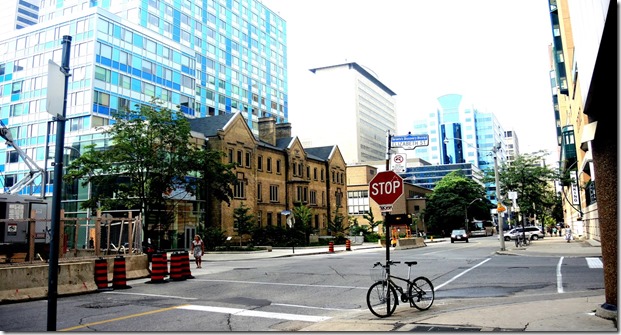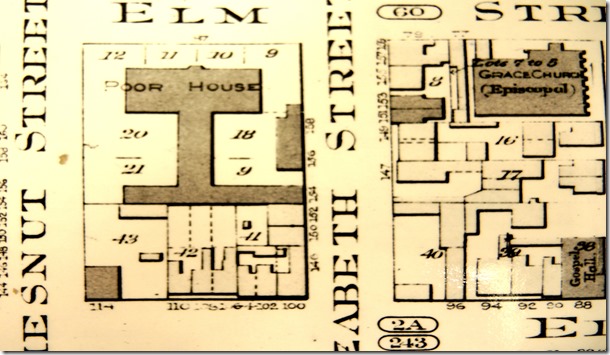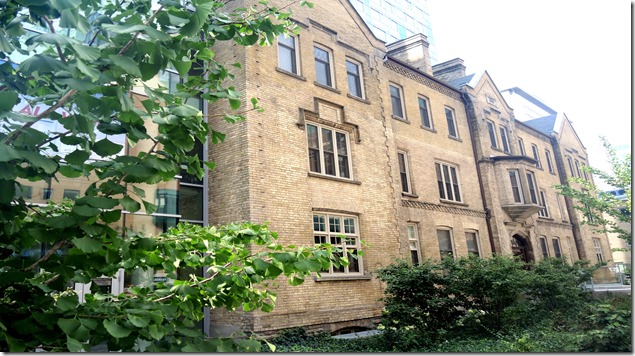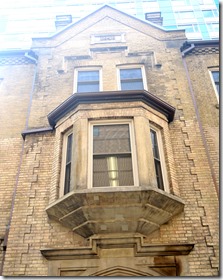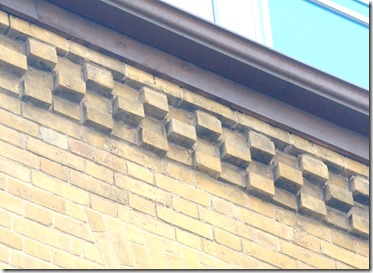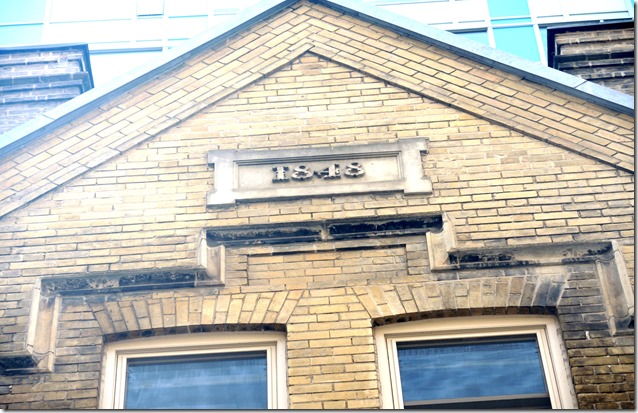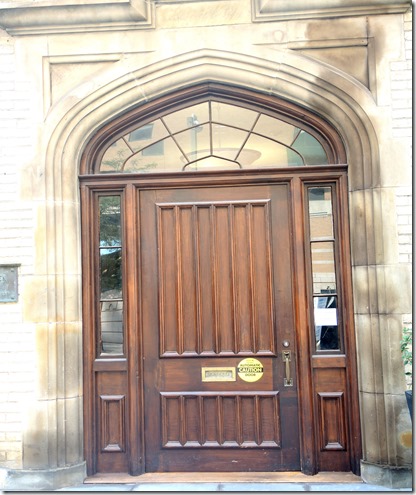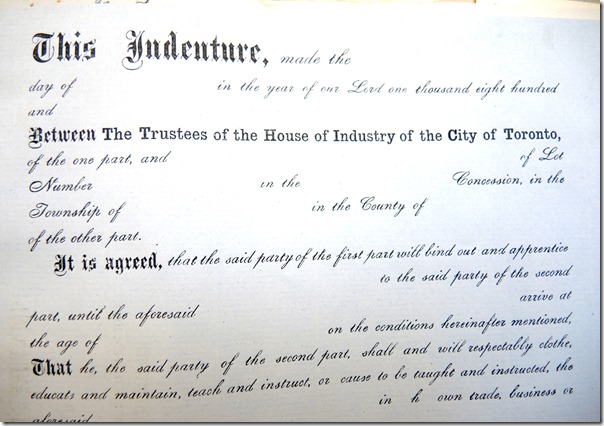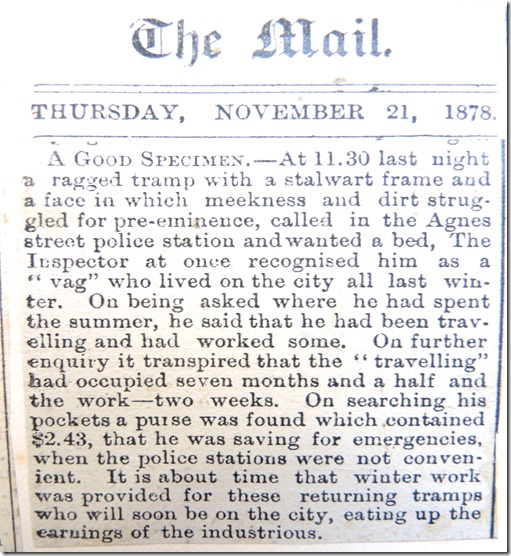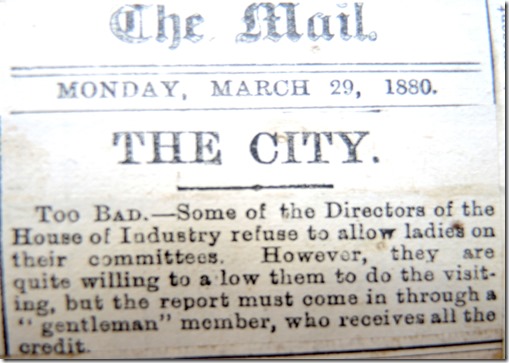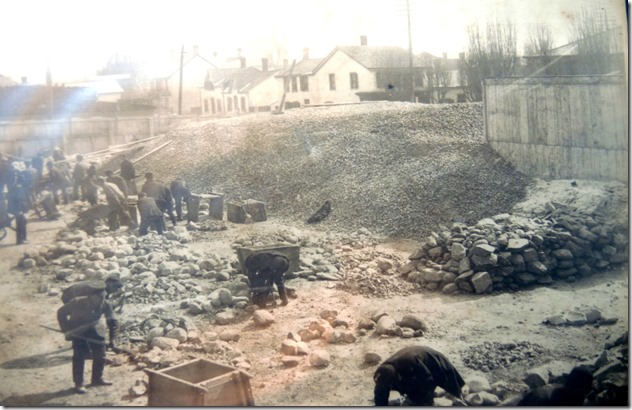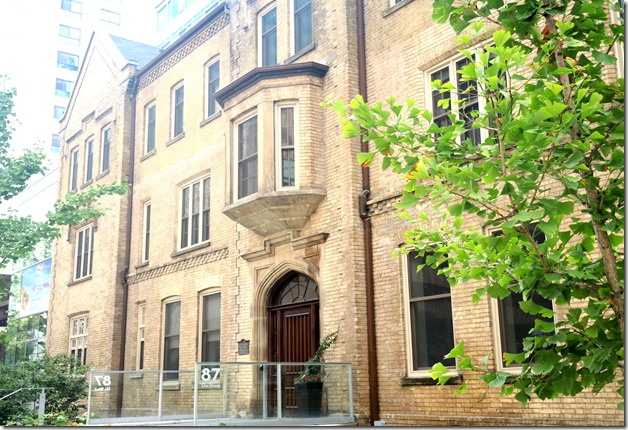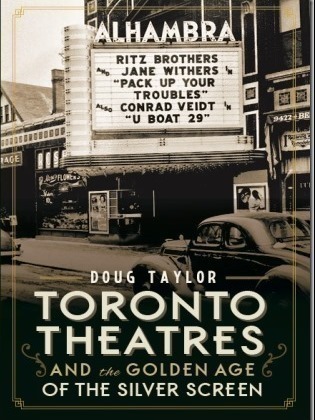On the southwest corner of Elm and Elizabeth streets is an old yellow-brick building surrounded by modern structures of glass and steel. This historic structure provides affordable housing for women and woman-led families, under the sponsorship of the YWCA. In the 19th century it was part of a complex of buildings named “The Toronto House of Industry,” colloquially known as “the poor house.”
The house of industry was founded in 1837, just three years after the town of York was incorporated as a city and renamed Toronto. The year 1837 was eventful as in the late-autumn of that year, William Lyon Mackenzie and his rebels marched down Yonge Street in what became known as the Rebellion of 1837. In the aftermath of the rebellion, British troops raided and burnt farm houses throughout the province on the mere suspicion that they held views sympathetic to the rebel cause. A sizeable number of people fled across the border to the United States. Amid this turmoil, the House of Industry was established.
In 1848, the distinguished architect William Thomas was hired to design a new building for the institution. Thomas was born in Suffolk England in 1799 and in 1843 he immigrated to Canada. He died in Toronto in 1860, and is buried in St. James Cemetery on Parliament Street.
For the Work House, he chose the Tudor-Gothic style. Thomas is best known for having designed St. Michael’s Cathedral on Bond Street, the St. Lawrence Hall on King East, and the monument to Sir Isaac Brock in Queenston. The building that Thomas designed was considered a big improvement for the facility. From its humble beginnings, the House of Industry expanded further and eventually became a complex, occupying much of the land on Elm Street between Elizabeth and University Avenue, and extending as far south half-way to Edward Street. The only building from the complex that has survived into the modern era is the structure that is today operated by the YWCA. This is the building in the above photograph. Although designed originally by Thomas in 1848, it was enlarged by Joseph Sheard in 1858, and by E. J. Lennox in 1898. It was E. J. Lennex who designed Toronto’s Old City Hall.
When established, the institution helped those in the city who were desperate for food, and distributed coal to assist the needy to survive the harsh Toronto winters. It also provided temporary and permanent accommodations. Residents were expected to work in exchange for their keep, similar to the old Dicksonian workhouses of England. It also assisted abandoned children or those who were orphans, some of whom were placed as indentured servants on farms surrounding the city.
In 1947, the building was converted into a home for the aged and renamed Laughlin Lodge, after Arthur and Frances Laughlin, superintendents who had worked for the institution for many years. With the help of the Rotary Club, a new seniors’ home was erected (1975-1983), but the old section of the House of Industry was preserved as part of the Rotary Laughlin Centre.
(NOTE: Information for this post was derived from the historic plaque placed on the site by Heritage Toronto and from the files of the City of Toronto Archives).
Map from the 1890 Goad’s Atlas in the Toronto Reference Library, showing the Toronto House of Industry (the poor house.) It occupied 8 city lots.
The symmetrical north facade of the 1848 Toronto House of Industry on Elm Street. Photo taken in August of 2013.
Gabled window on the second floor above the doorway (left photo), and the brickwork under the cornice (right photo).
Triangular pediment above the third floor, containing the date the building was constructed.
The Gothic arch above the doorway, with its side-light windows and transom above the door, which resemble the Regency style.
A portion of a blank form that was used as a contract when placing indentured children into service or as apprentices (Source: the City of Toronto Archives).
This article displays the attitude of some Torontonians in the 19th century to the poor who were found on the streets of the city. (Source: The City of Toronto Archives).
This article is self-explanatory.
This photo from the City of Toronto Archives (Fonds 1035, Series 806, File 3) shows residents of the House of Industry crushing rock. Picture was taken c. 1900.
The House of Industry, now a part of the YWCA. (photo-2013)
To view the Home Page for this blog: https://tayloronhistory.com/
To view links to other posts placed on this blog about the history of Toronto and its buildings:
https://tayloronhistory.com/2013/10/08/links-to-historic-architecture-of-torontotayloronhistory-com/
To view the links to posts that contains a list of Toronto’s old movie houses:
https://tayloronhistory.com/2013/10/09/links-to-toronto-old-movie-housestayloronhistory-com/
Recent publication entitled “Toronto’s Theatres and the Golden Age of the Silver Screen,” by the author of this blog. The publication explores 50 of Toronto’s old theatres and contains over 80 archival photographs of the facades, marquees and interiors of the theatres. It also relates anecdotes and stories from those who experienced these grand old movie houses.
To place an order for this book:
Theatres Included in the Book:
Chapter One – The Early Years—Nickelodeons and the First Theatres in Toronto
Theatorium (Red Mill) Theatre—Toronto’s First Movie Experience and First Permanent Movie Theatre, Auditorium (Avenue, PIckford), Colonial Theatre (the Bay), thePhotodome, Revue Theatre, Picture Palace (Royal George), Big Nickel (National, Rio), Madison Theatre (Midtown, Capri, Eden, Bloor Cinema, Bloor Street Hot Docs), Theatre Without a Name (Pastime, Prince Edward, Fox)
Chapter Two – The Great Movie Palaces – The End of the Nickelodeons
Loew’s Yonge Street (Elgin/Winter Garden), Shea’s Hippodrome, The Allen (Tivoli), Pantages (Imperial, Imperial Six, Ed Mirvish), Loew’s Uptown
Chapter Three – Smaller Theatres in the pre-1920s and 1920s
Oakwood, Broadway, Carlton on Parliament Street, Victory on Yonge Street (Embassy, Astor, Showcase, Federal, New Yorker, Panasonic), Allan’s Danforth (Century, Titania, Music Hall), Parkdale, Alhambra (Baronet, Eve), St. Clair, Standard (Strand, Victory, Golden Harvest), Palace, Bedford (Park), Hudson (Mount Pleasant), Belsize (Crest, Regent), Runnymede
Chapter Four – Theatres During the 1930s, the Great Depression
Grant ,Hollywood, Oriole (Cinema, International Cinema), Eglinton, Casino, Radio City, Paramount, Scarboro, Paradise (Eve’s Paradise), State (Bloordale), Colony, Bellevue (Lux, Elektra, Lido), Kingsway, Pylon (Royal, Golden Princess), Metro
Chapter Five – Theatres in the 1940s – The Second World War and the Post-War Years
University, Odeon Fairlawn, Vaughan, Odeon Danforth, Glendale, Odeon Hyland, Nortown, Willow, Downtown, Odeon Carlton, Donlands, Biltmore, Odeon Humber, Town Cinema
Chapter Six – The 1950s Theatres
Savoy (Coronet), Westwood
Chapter Seven – Cineplex and Multi-screen Complexes
